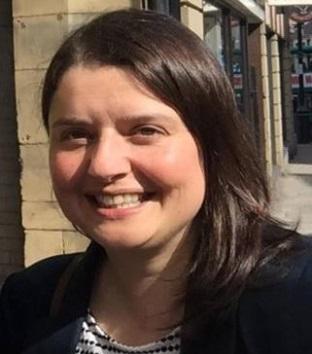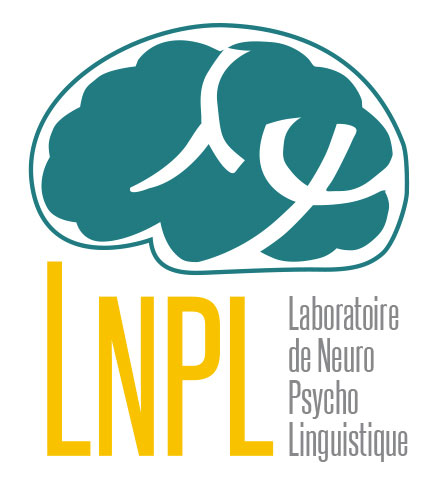-
Partager cette page
Séminaire LNPL, Rachel Hatchard et Kasper Boye, "What is grammar? From agrammatism to grammaticalization"

Université de Copenhague
This talk first outlines a usage-based theory of the grammatical-lexical distinction (Boye & Harder 2012, “A usage-based theory of grammatical status and grammaticalization”, Language 88.1), and briefly goes through psycho- and neurolinguistic evidence that supports it. Based on this, the talk shows which implications this theory has for grammaticalization and agrammatism. The basic claim is that the contrast between grammatical and lexical elements (whether meanings, morphemes, words or constructions) serves to prioritize attention to parts of complex messages. One implication is that agrammatism can be understood both as a compensatory response to processing limitations and as caused by an impairment of a capacity for combining simple elements into complex ones.
Rachel Hatchard : "Grammatical capabilities in aphasia: Frequency effects beyond the word level"
Université de Birmingham
Aphasiology has often focused on whole-form retrieval and frequency effects only at the single-word level (see Hatchard, 2021). Examining spoken narratives by six people with aphasia, this talk discusses frequency effects at larger levels. Firstly, the data show a relationship between multiword frequency and ‘well-formedness’ of spoken utterances, which in turn indicates when the speakers appear to be retrieving multiword utterances holistically versus assembling them from components. The talk then focuses on the structures used by the speakers when they seem to be attempting utterance assembly, that is, their remaining grammatical capabilities. Again, the most preserved grammatical patterns are those that are most frequent in English. Within this talk, this will be shown for clause pattern (intransitives and copulas being most preserved). Rather than suggesting categorical differences by aphasia ‘type’, the speakers fell along a continuum, whereby the diversity of their grammatical patterns decreased - while reliance on frequent structures increased - with greater spoken language impairment. Clinical implications are also discussed.

